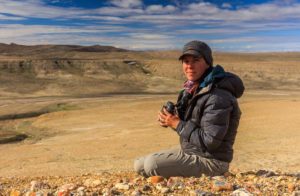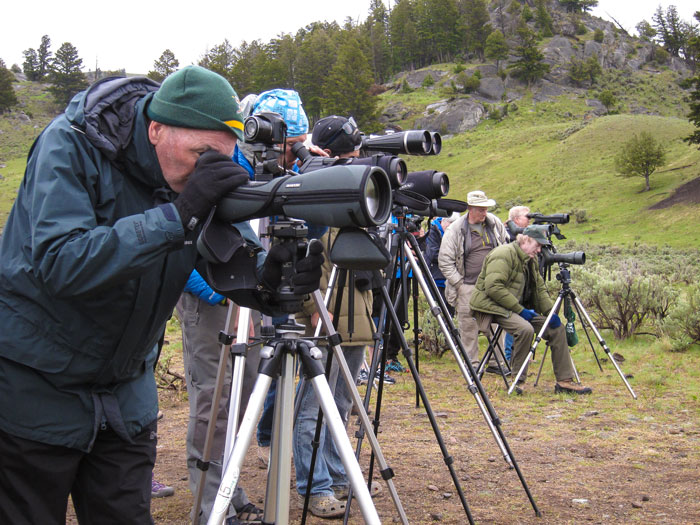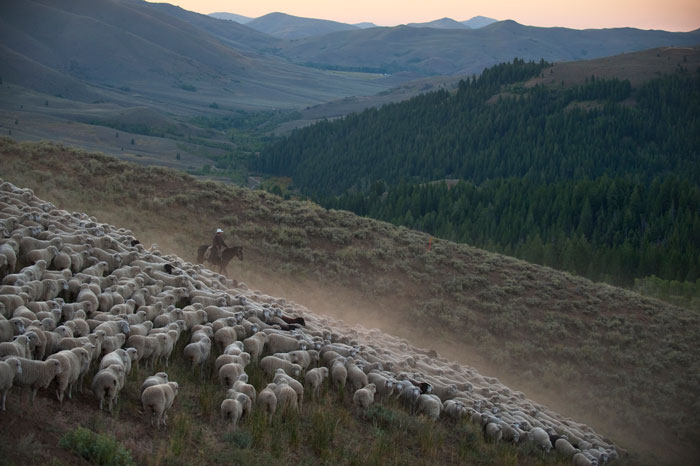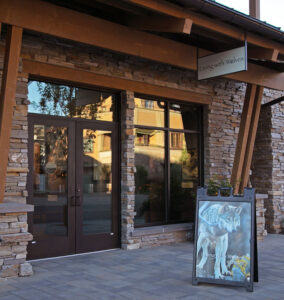ADVISORY BOARD
Our Board of Advisors brings together a team that represents all aspects of wolves, revealing how the wild world interacts with the human world. This diversified group of distinguished individuals includes leaders at major universities, Western ranchers, ethical hunters, scientists and wolf recovery consultants and outfitters specializing in wolf watching tourism. We’re honored to have their knowledge available to advise our own work.




